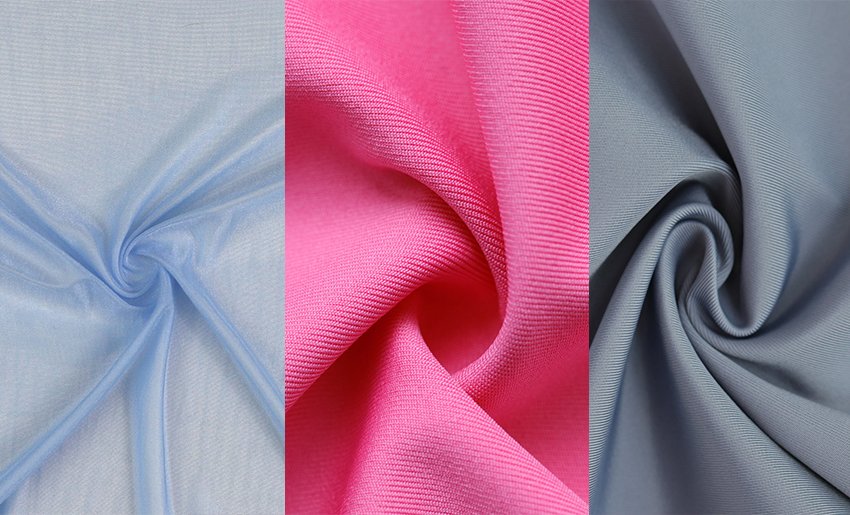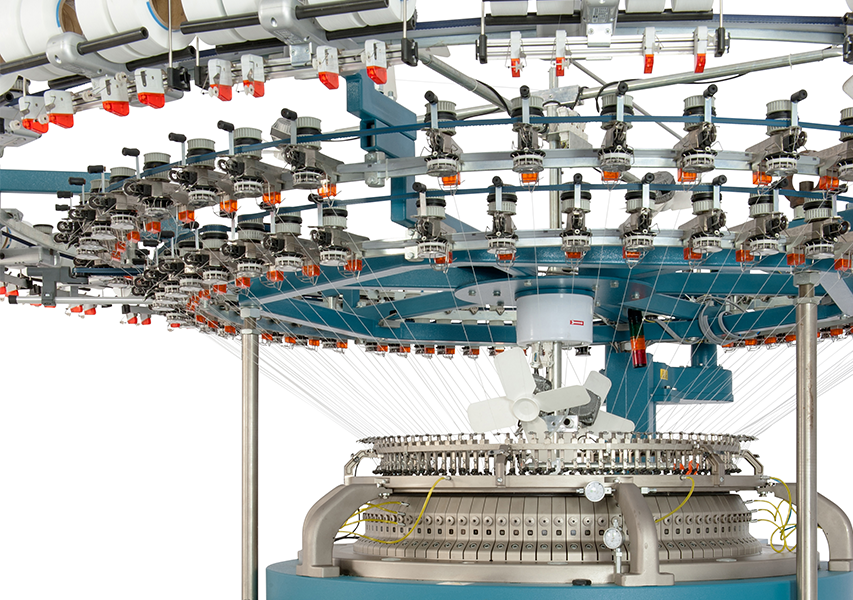Best Practice: Common Issues in Large Diameter Machinery
Common issues in large diameter and how to fix themIn this showcase we will cover the most common issues while working with large diameter machinery and its solutions. It will provide designers and junior technicians with a basic understanding of this problems, will help them recognize them and choose the best-fit solution.
If you are in need of detailed information about large diameter machinery reach-out to us.
The construction of large diameter knitting machine
Large diameter machines come in different models, single and double jersey. Diameters range from 26”- 42” (depending on the model). These are characterized of being highly efficient machines, capable of achieving a very fine gauge, with a user-friendly software.
Large diameter machines are excellent for fleece and stretch materials with a good elongation. Common applications go from underwear, swimming wear and outerwear, among many others.
What is circular knitting?
Knitting technology can be divided into two categories: weft knitting and warp knitting, based on the knitting methods used.
Weft knitting - is characterized by the structural threads being perpendicular to the selvedge of the fabric. One horizontal row of loops is made from a singular or very few threads. Circular knitting can be classified under this category.
Warp knitting - is characterized by the structural threads of the fabric running along the length of the fabric approximately parallel with the selvedge. One horizontal row of loops, or course, is made from many threads.

Sometimes it is easier to think of the difference as T-shirt knitting (Circular) and Sweater knitting (Flatbed).
Circular knitting can be described as faster, due to its multiple feed. It also features a smoother and more uniform fabric surface. It uses fine gauge up to E40 for seamless machine and E80 for Large Diameter machine.
Knitting System
The knitting system includes a cylinder (dial), needles, sinker, cam, cam box, sinker ring, sinker cap, yarn feeder and so on. The knitting system is the heart of circular knitting machines, by which a yarn is formed into loops and meshed in a continuous way. Issues can commonly arise in any of these parts: the synergy between the machinery elements is highly relevant to they all work in harmony.






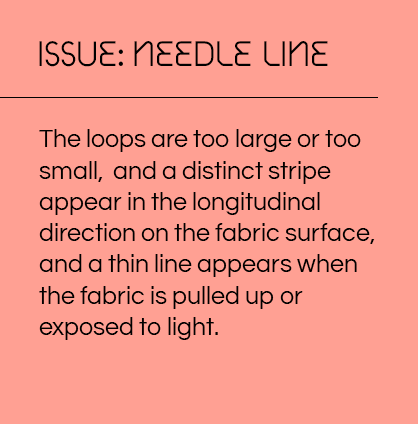
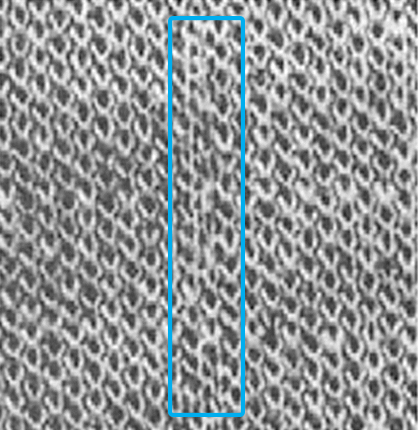
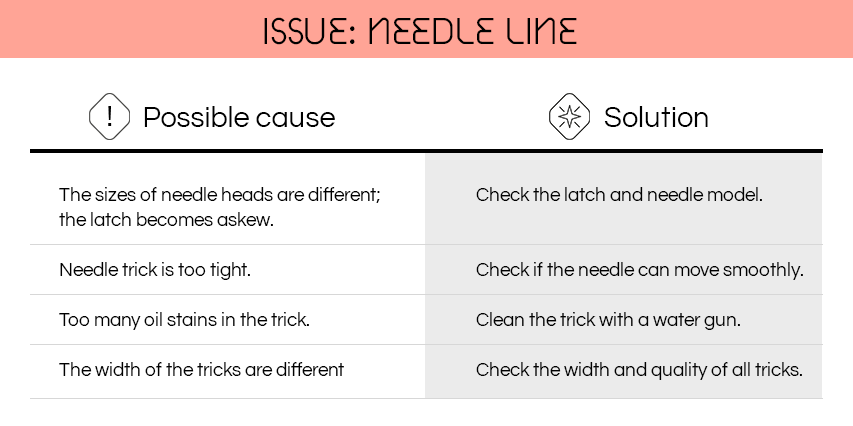



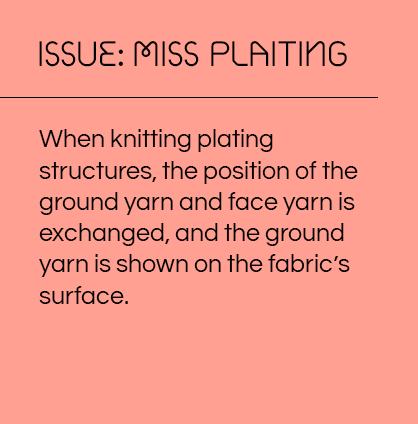

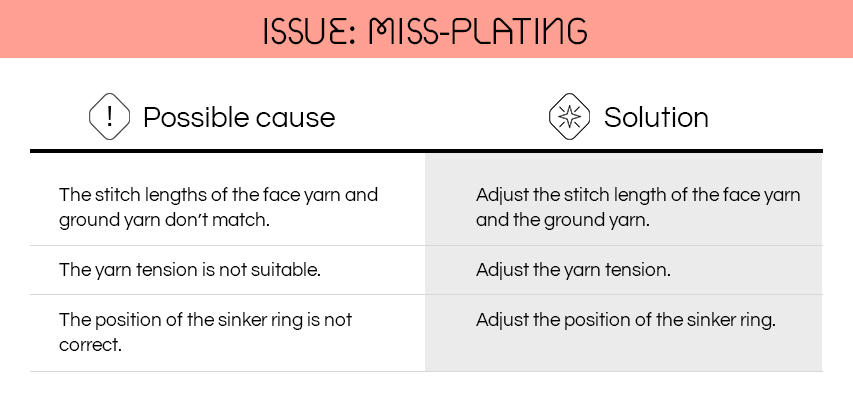
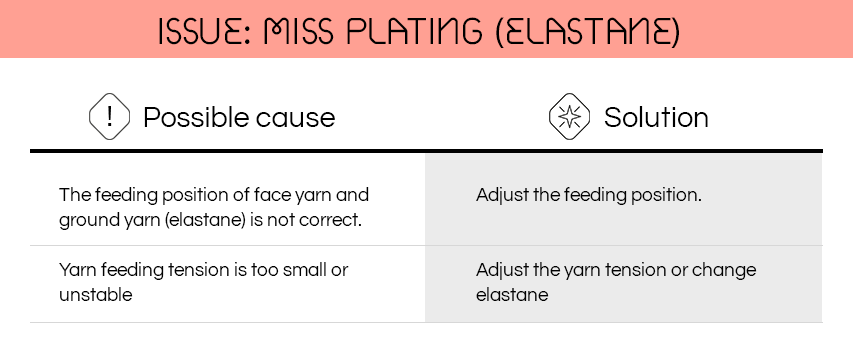
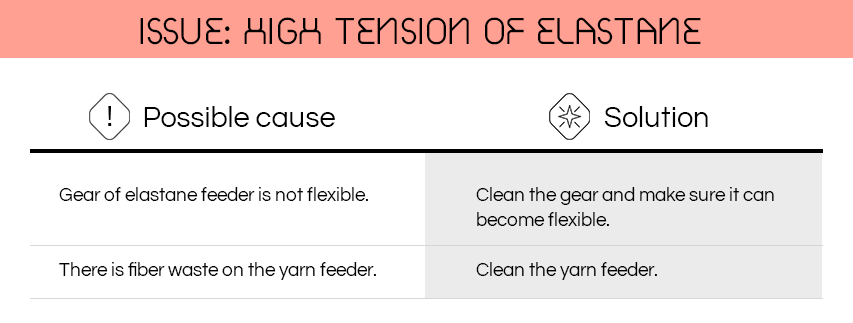
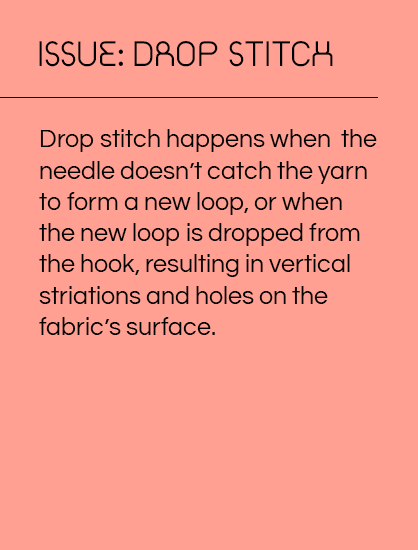
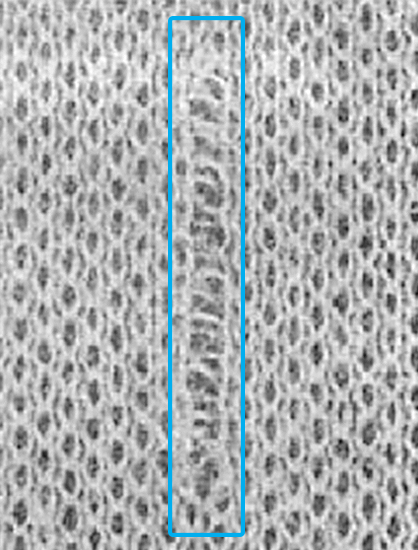
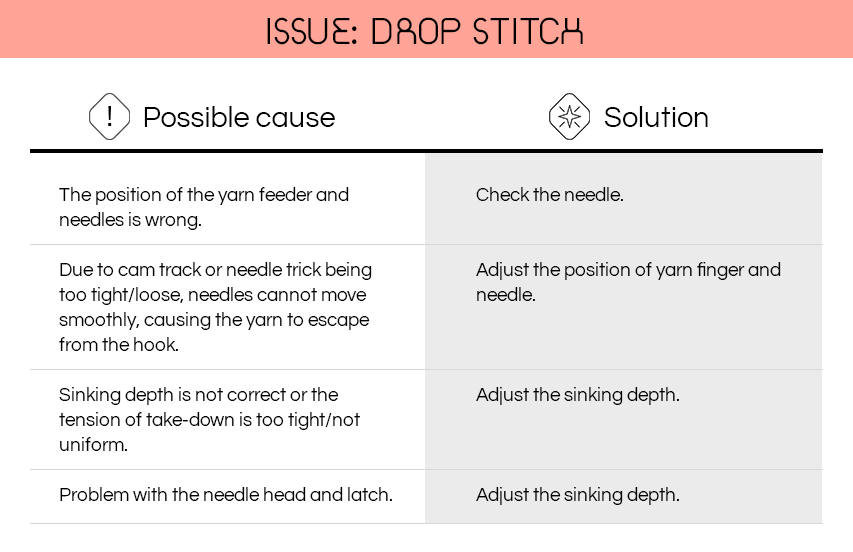

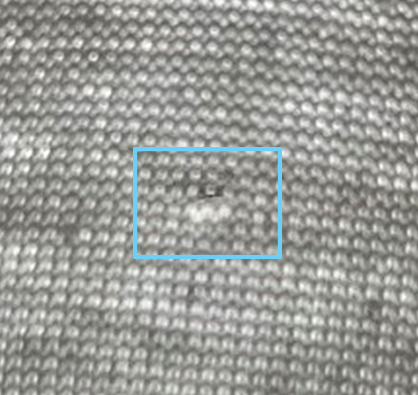
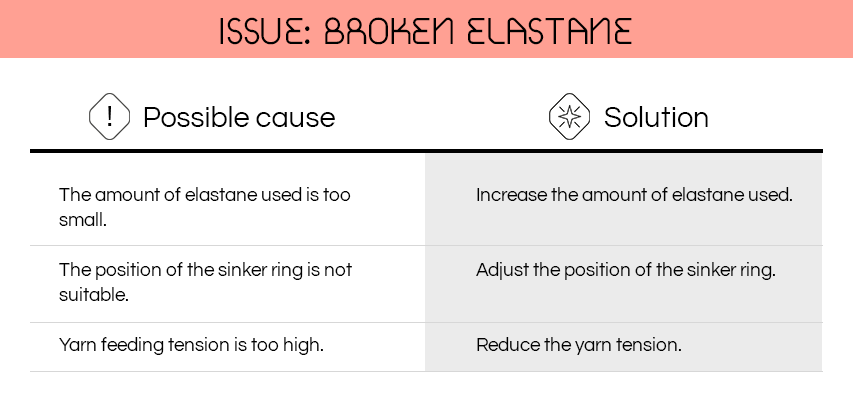


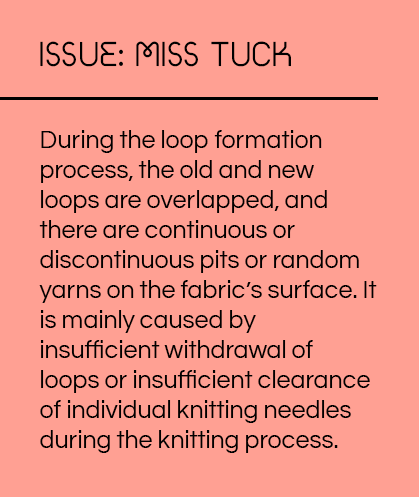
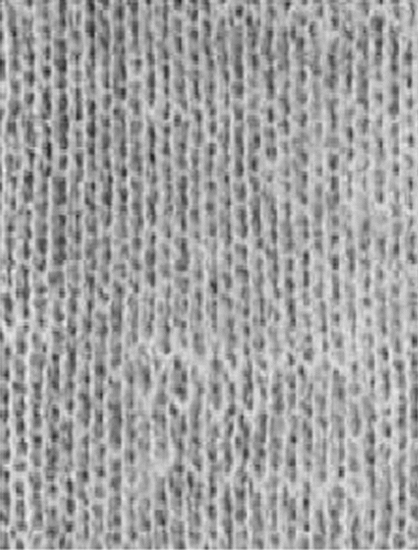
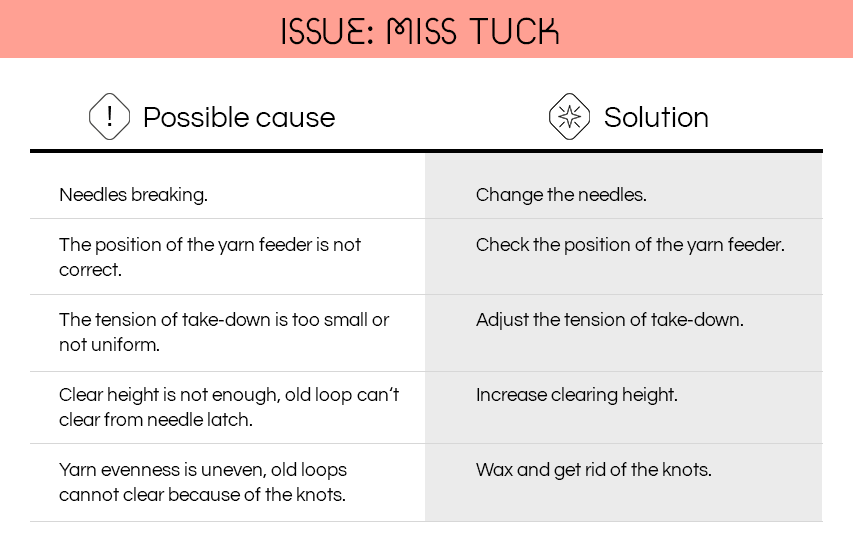
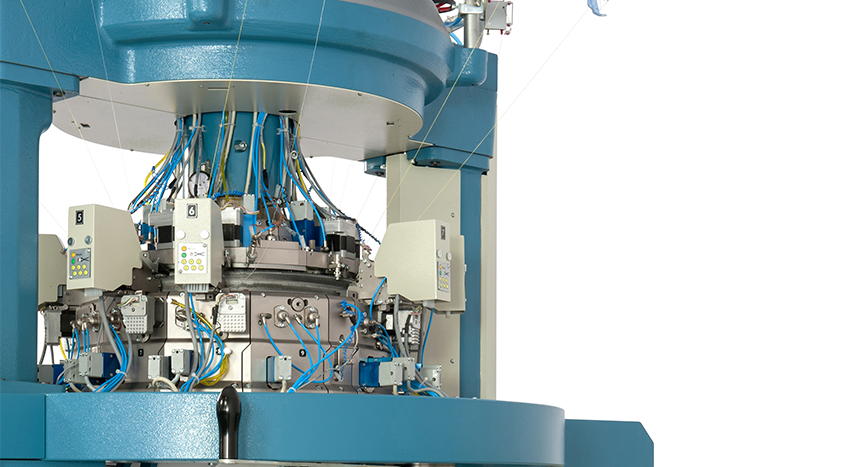
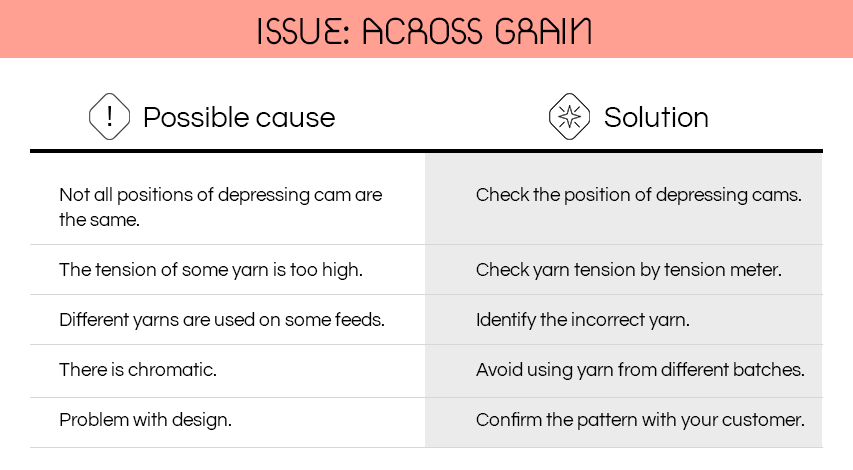
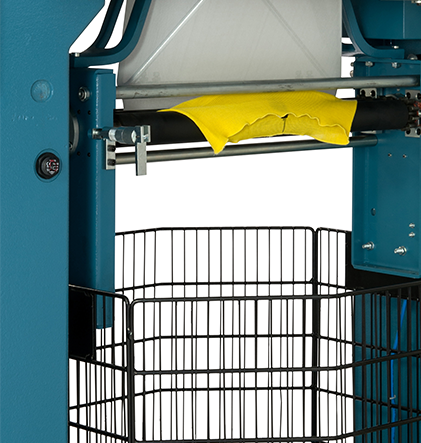

Summary
As you can see, issues can appear for multiple reasons. For full support and technical advice, we recommend to connect with your local sales representative who can provide you detailed information and tailor-made solutions
Constant communication with your client and designer are also key: a good .bmp file can make a difference between a good a bad pattern. For further information on how to set-up a .bmp file you can visit our showcase here.
Stay in touch for further showcases regarding best practices in seamless and circular machinery.

Request a personalized consultancy in large diameter machinery
You might be interested in:
Sophisticated and versatile: uncover the multiple applications of Huayi yarns
Stumble on the exceptional developments made with Huayi yarns
Read moreBest Practice: Designing a "Wasteland" Style Dress
Follow along Luo Jiaxin’s journey to accomplish her design vision using TR1S machine
Read moreTextile Toolkit 1: All about Terry
Applications, innovations and inspiration on terry structures with our textile toolkit
Read more